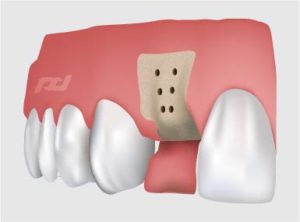October 30, 2017
When teeth are missing, whether one or multiple, significant amount of bone loss is common. The root of the tooth stimulates the jawbone to continue producing new bone, and once the root is gone, the bone quickly deteriorates. This can cause your other teeth to shift and over time, the entire shape of your jaw and face can change. Fortunately, dental implants are implanted right in the jaw to keep the bone stimulated, but you may first need a bone graft if you are lacking the bone to support an implant.
Understanding Bone Grafts
If you want an implant placed but are lacking the bone to hold it in place, Dr. Strout may perform one of the following types of bone grafts:
- Xenografts: when the bone comes from a cow or other nonhuman source
- Allografts: when the bone comes from a human donor, such as cadaver bone that has been deemed safe after screening
- Autogenous Grafts: when the bone is taken from another part of the patient’s body
During the procedure, the area is numbed and incisions are made where the bone is to be grafted and below the front lower teeth. Bone marrow and bone are removed to make room for the new material, which is then placed in the appropriate place before the area is stitched up.
Bone grafts are performed with the intent of creating enough bone to support an implant, which is placed right in the jawbone and acts as a natural tooth. If you want to replace missing teeth with implants and don’t have the bone to support it, then you are a good candidate for bone grafting.
Call Us Today
Contact Advanced Periodontics and Implants Surgery today to schedule an appointment with Dr. Strout to discuss whether you need a bone graft. As every patient is different, we encourage you to allow us to assess your situation and decide that’s best for you.
